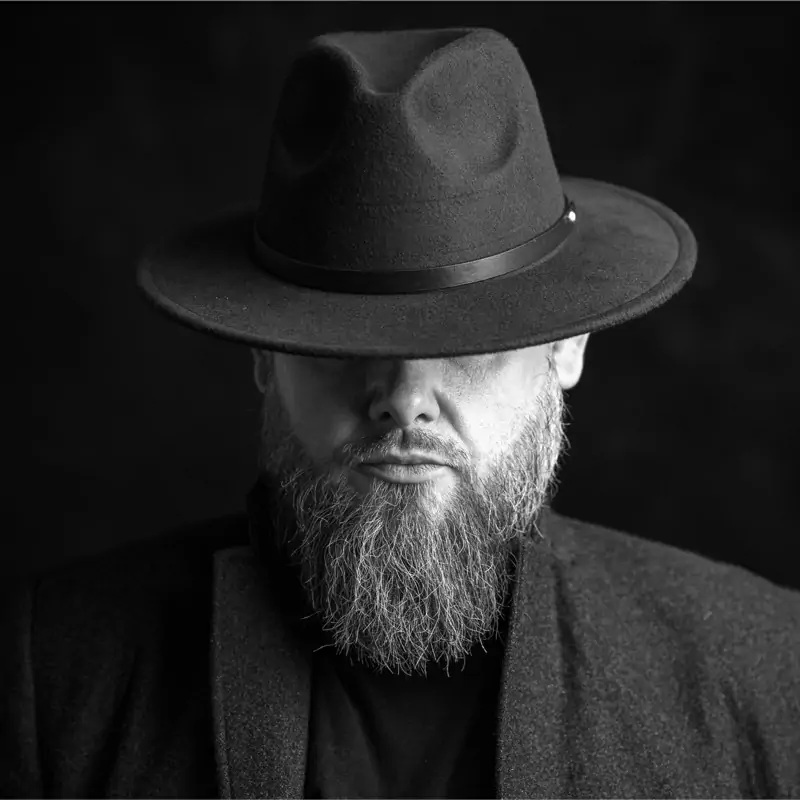Stop Chasing Clients: The Strategic Guide to Thriving as a Specialist
The freelance world thrives on a dangerous myth: that saying "yes" to every opportunity is the path to success. Yet Seth Godin's latest work, This Is Strategy, and his revelatory recent interview on Natalie Ellis' podcast dismantle this idea with surgical precision. What emerges is a counterintuitive truth: true freedom in business comes not from limitless options, but from intentional constraints. Through decades of building companies, mentoring creators, and studying human behavior, Godin reveals how the most successful freelancers and entrepreneurs thrive by doing less – not more.
The Seduction of Scarcity: Why "Full-Stack" Freelancers Stay Stuck
Imagine walking through a bustling street festival. Vendors shout offers: "Authentic Neapolitan pizza!" "Fresh oysters!" "Vegan ramen!" One stall stands apart. Its sign reads: "We serve everything." Curious, you peer inside. The chef frantically juggles sushi rolls, birria tacos, and crème brûlée. The result? Mediocre dishes and exhausted customers.
This is the reality for most freelancers. By offering "full-service solutions" — web design, copywriting, SEO, social media — they become the jack-of-all-trades stall no one recommends. As Godin told Ellis: "Better clients don't hire you because you worked hard for lousy clients. They hire you because you're the kind of person better clients hire."
The trap isn't lack of skill. It's lack of positioning. Inundated with choices, clients default to comparing rates rather than value. The generalist becomes a commodity; the specialist becomes a destination.
The Strategic Crossroads: Freelancer or Architect?
During his conversation with Ellis, Godin drew a critical distinction: "Freelancers trade hours for dollars. Entrepreneurs build systems that outlive their direct involvement."
Consider two paths:
The Deep Craft Route
A cybersecurity expert exclusively audits e-commerce platforms. She charges $25,000 per audit because she speaks the language of CTOs, anticipates regulatory shifts, and guarantees 99.9% breach prevention. Her marketing? Case studies and referrals from satisfied clients.
The Scalable System Route
A social media manager creates a $497/month "Done-For-You LinkedIn Engine" for SaaS founders. Her team handles content, while she focuses on partnerships. Her growth comes from predictable subscriptions, not hourly billing.
Both succeed — but only by choosing one identity. As Godin warns: "You can't pour coffee into an open palm. Constraints aren't shackles — they're the cup that lets you deliver value without spillage."
The Art of Strategic Subtraction
In the interview, Godin shared a pivotal moment from his career: "I used to fly globally for speeches. Then I realized: the airport hustle wasn't serving my mission. Now I do virtual keynotes. It's better for my health, better for the planet, and lets me focus on writing."
Case Study: From Overwhelmed to In-Demand
James, a freelance writer, once took any client who paid. After reading This Is Strategy, he stopped accepting projects outside "cybersecurity thought leadership", published 3 deep-dive reports on zero-trust architecture, and raised rates 400% while working 60% fewer hours.
Within a year, CISOs at Fortune 500 companies referenced his work in keynotes. "I'm not 'just' a writer anymore," he told me. "I'm the guy who translates firewall policies into boardroom strategies."
The Courage to Cultivate Scarcity
Godin's most provocative advice from the podcast: "Fire clients who distract from your niche. It's not arrogance — it's generosity. You're freeing them to find the right specialist, and yourself to serve your true audience."
This isn't theoretical. A 2023 analysis of 1,200 freelancers found that those who declined 30%+ of incoming projects, published niche-specific content weekly, and networked vertically (e.g., speaking at industry events vs. general conferences) earned 2.8x more than peers chasing "anyone with a budget."
Becoming Unignorable: A 4-Phase Framework
Phase 1: The Identity Audit
Revisit your last 10 projects. Which felt effortless because of your unique experience? Which paid premium rates without negotiation? Which led to referrals in a specific industry? These patterns reveal your "unfair advantage" — the intersection of skill and market need.
Phase 2: The Portfolio Purge
As Godin advised Ellis: "Make a 'stop doing' list. Every service that doesn't align with your niche gets sunsetted within 90 days."
Example: A web designer stops offering "general WordPress sites" to focus exclusively on "converting 1% traffic to 3%+ for DTC skincare brands."
Phase 3: The Authority Accelerator
Create one "signature asset" that cements your expertise, such as a 25-page whitepaper on "AI Compliance for Healthcare Apps", a video series debunking myths in your niche, or a diagnostic tool that quantifies your impact.
As Godin emphasized: "Don't just post — provoke. Give your audience ideas worth stealing."
Phase 4: The Selective Partnership
Partner with non-competitors serving the same clients. For example, a Shopify developer partners with a Klaviyo email strategist, or a DEI consultant co-hosts workshops with an HR tech platform.
The Paradox of Enough
Near the interview's end, Ellis asked: "How do you resist scaling for scaling's sake?"
Godin's response cuts through the noise: "Every 'yes' is a 'no' to something else. If I say yes to a Bali keynote, I'm saying no to writing my next book. Your calendar is your strategy — treat it that way."
This isn't minimalism. It's intentionalism. By focusing on clients who light your creative fire, you trade transactional work for legacy-building projects.
Next Steps
- 👉 Watch the full conversation between Seth Godin and Natalie Ellis
- 📚 Read This Is Strategy for tactical frameworks
- 🎯 Take the 7-Day Positioning Challenge:
- Day 1: Write your "I help [specific clients] achieve [specific outcome]" statement
- Day 3: Politely decline one project outside your niche
- Day 7: Share a case study showcasing your deepest expertise

Damian Krawcewicz
Software Engineer and Business Strategy Consultant. Writing about tech, business, and the intersection of both.